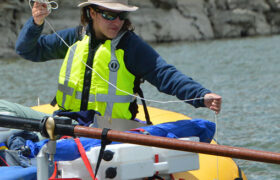Click the image to take a brief survey.
Category: long lake
DNR Fisheries Biologist Presents at April Meeting
Temporary Panfish Rule in Effect through 2026
updated May 1, 2024. The temporary panfish limits rule that went into effect April 1, 2016 applies through March 31, 2026. The initial 5-year evaluation period ended March 31, 2022 and results are being analyzed. Six Manitowoc County lakes are affected. Bullhead Lake: No minimum length limit; during May and June, 15 panfish may be […]
End-of-year 2020 Phosphorous Impairment Data Available
Lake Volunteers Needed
Risks of Blue-Green Algae
DNR Long Lake 2017 Survey Report Now Available
Read the Long Lake 2017 Survey Report by Steve Hogler, Steve Surendonk and Derek Apps, WDNR Fisheries-Green Bay
Special Panfish Regulations on Five Area Lakes
March 26, 2016 – Five Lakes in Manitowoc County have been selected by the DNR for special regulations on panfish to be effective beginning April 1, 2016. Those lakes are Bullhead, Long, Pigeon, English and Harpt Lake. A total of 94 lakes across the state were identified by biologists and anglers as underperforming – that […]






